

Damion Smy
Nissan Juke EV will use Leaf platform, due in 2026 - report
12 Hours Ago
Who taught you to drive? If it was your parents, it's likely some of their bad habits have been passed on to you.

Contributor
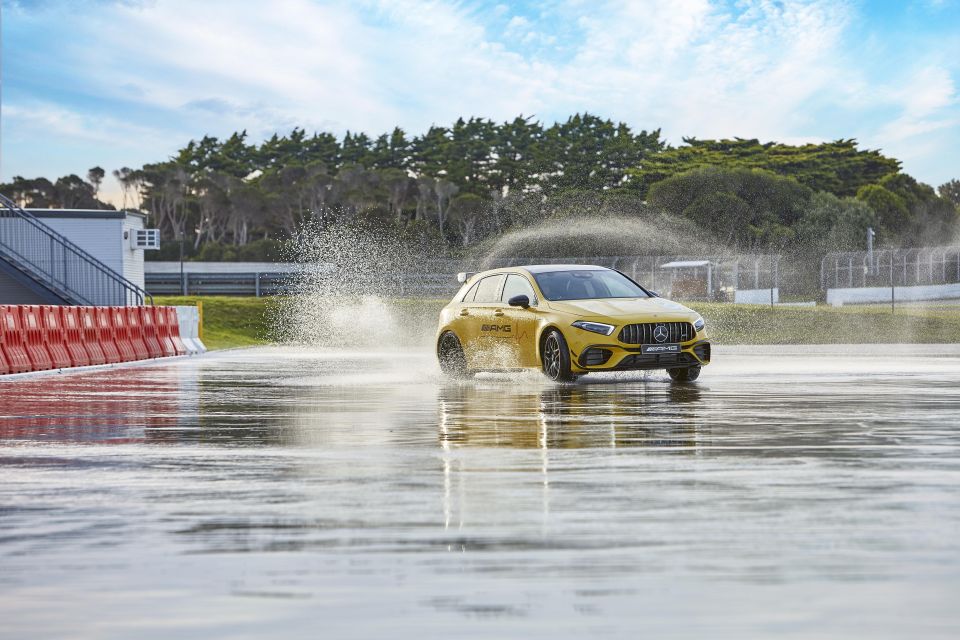

Contributor
In Australia, most of us are taught to drive by our parents.
Although that means plenty of valuable one-on-one time behind the wheel to fill up your learner logbook, it means questionable habits and outdated ideas about how to drive are passed from generation-to-generation.
Some of them are simple things, like how to set your seat and steering wheel, and some are more fundamental.
CarExpert sat down with Mercedes-Benz chief driving instructor, Peter Hackett, to talk about some of the simple things you can change behind the wheel to improve your driving.

As we’ve previously reported, it’s tough accept there’s more to learn about driving, and difficult to change habits that have been ingrained from day one behind the wheel.
With that in mind, taking this advice or being willing to make changes doesn’t mean you’re a bad driver.
“If you look at traditionally how people are taught to drive, parents teach them to drive,” Mr Hackett says.
“Traditionally, you’d be thrown into a learner’s test with someone who makes sure you know the road rules, it doesn’t teach you how to drive.
“We’re just imparting knowledge onto future generations,” he said.
Image the steering wheel is a clock. Traditionally, it made sense to put your hands at the equivalent of the 10-o’clock and 2-o’clock marks.
As explained below, however, in 2021 your hands should really be at the equivalent of the 9-o’clock and 3-o’clock marks.
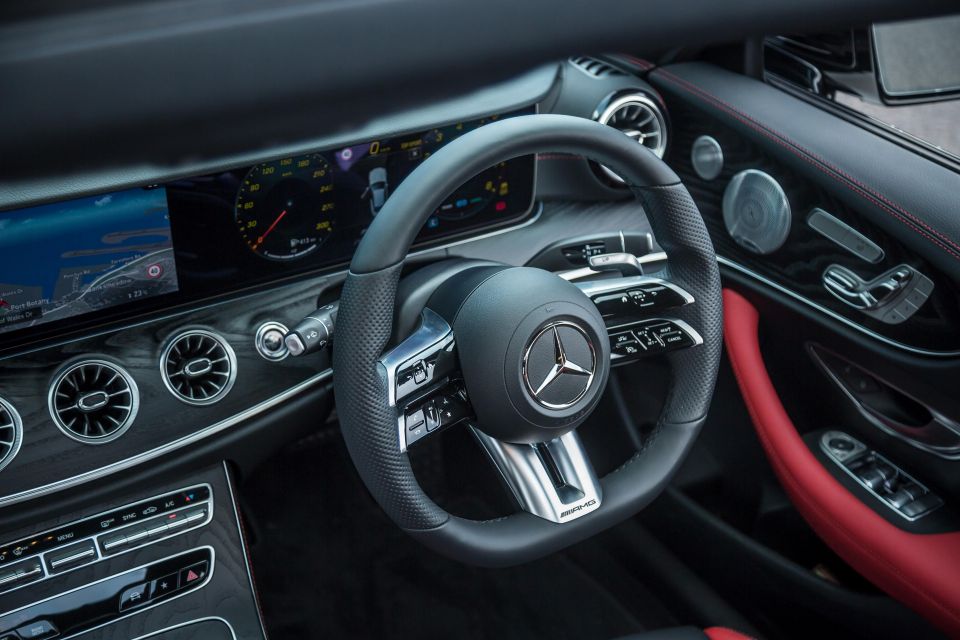
Peter Hackett: Something as simple as where you place your hands on the steering wheel was changed with the introduction of airbags. That traditional position of ’10 and 2′ literally places your hands across the deployment area of the airbag.
The adaptation to [airbag technology] is placing your hands at ‘9 and 3’, which is on the outside of the deployment area of the airbag.
It also has practical implications. If your hands are at the top of the steering wheel, at 10 and 2, with any steering input that you have there’s more weight at the top of the steering wheel.
That steering input is exaggerated in moments of stress and exertion.
9 and 3 is perfectly balanced halfway on the wheel, wherever you are, so it’s difficult to get an overreaction on the steering wheel – but it also gives you access to things like the gear change points if you’ve got paddle shift.
[Mercedes-Benz has] a multifunction steering wheel where you can operate essentially all of the functionality of the car without taking your hands off that position on the steering wheel…
If you place your hands at 10 and 2, it’s almost impossible to activate or use any of the technology that exists at 9 and 3.
Are you sitting miles away from the steering wheel, lowrider style? Maybe you’re sitting so close to the steering wheel it tickles your groin when you turn it…
Either way, it’s time to think about where you’re sitting
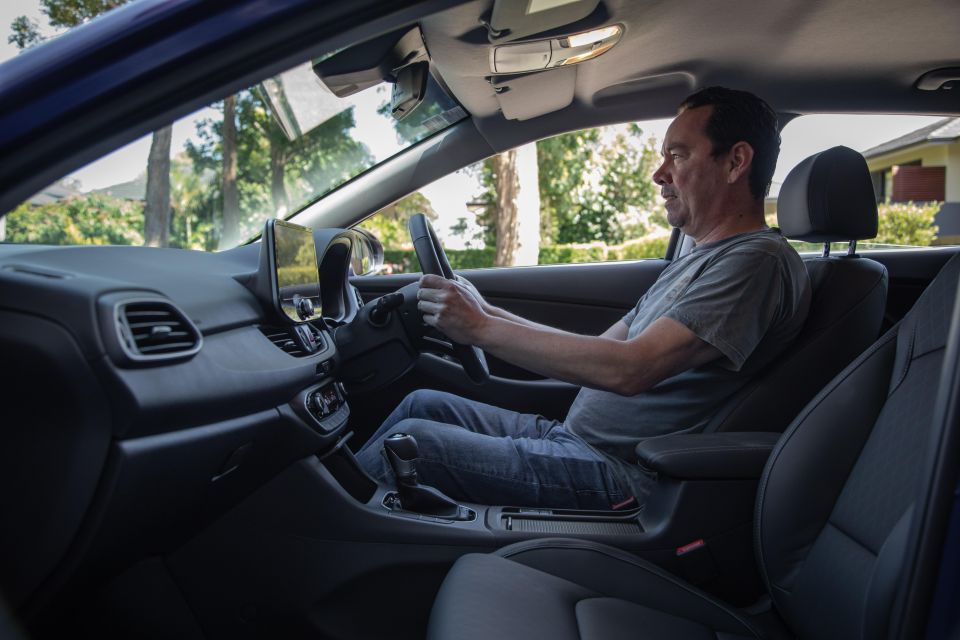
Peter Hackett: It’s all about getting people to sit more comfortably, more practically, so they can reach the brake pedal with 100 per cent force and still have a nice bend in their knee.
[We try to] take away some of those stereotypes of the typical driver that sits high and short on the steering wheel, or the ones who are a bit more like journalists, (whoops – ed.) and lay back and relax.
It’s visualising that Lewis Hamilton look, where you’ve got a nice comfortable bend in your arms and in your legs. When we talk about performance driving through AMG Driving Academy, it’s a big part of the science associated with maintaining complete control.
It’s still comfortable, it’s just using the seat bolsters, and the pedals, and the power steering how they’re supposed to be used.
Do your mirrors show you the beautiful curves running along the side of your car? Maybe it’s time to broaden your horizons.

Peter Hackett: More often than not, most of our drivers would have more than 50 per cent of their side mirror showing half of the car, instead of being an extension of the central rear-vision mirror.
The last thing you see on the right-hand side of your centre mirror should be the very first thing that you see on the inside of your right-hand mirror, and the extension across to the left as well, giving you one big extended picture.
It will give you a full range of traffic if you have them set correctly. m
Most people just have this comfort zone of half the car in the side mirrors so that they know where the side of the car is, but the reality is if somebody gets in that space it’s too late.
Racing drivers spend a lot of time thinking about vision – where they’re looking and when is critical to going fast. Looking further ahead also makes you a safer driver on the road.
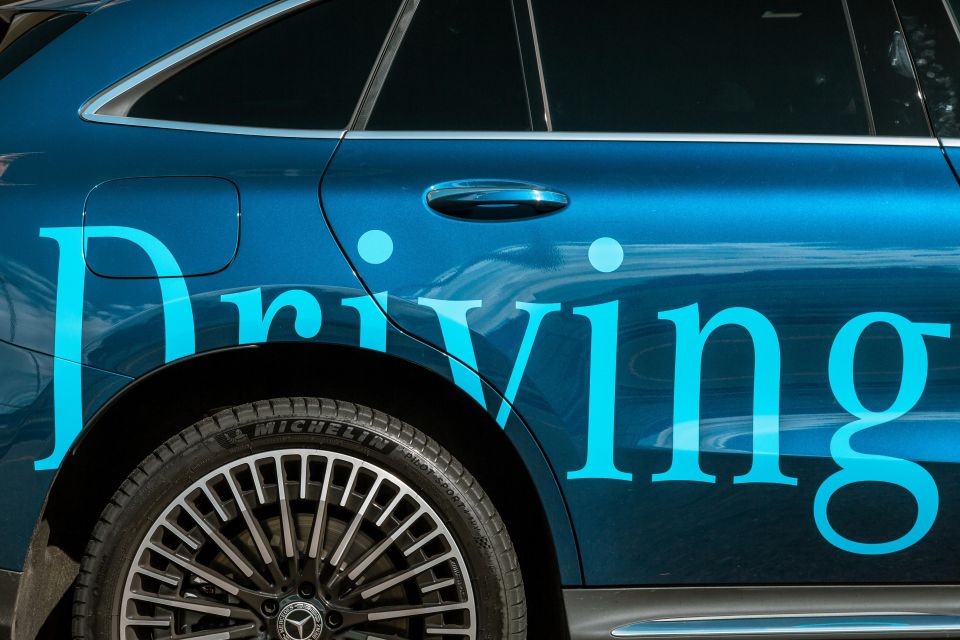
Peter Hackett: This gets back to your seating position.
Sitting lower in the car forces you to naturally look further ahead. If we look at the example of someone who sits up quite high in the seat, their actual line of vision is straight down the bonnet of the car.
Let’s take into account an average street speed of 60km/h, 16.6 metres/second.
Assuming you’ve half a second for your reaction time and half a second for movement time, there’s nothing in the first 20 metres [of your vision] you can do anything about.
Quite literally, all you can do to give yourself a better chance is to look further ahead – and the easiest way to look further ahead is to sit a little lower in the car.
The joke is not so low that you’re looking through the spokes of the steering wheel, but sitting that little bit lower just forces your vision further in front.
Of course, fixating on the car in front is [a problem] as well. Being able to look through the rear window and the windscreen of the car in front to help you plan ahead is absolutely critical.
Are you a highly-strung driver? Time to cool it!
It’ll make you a better road user.
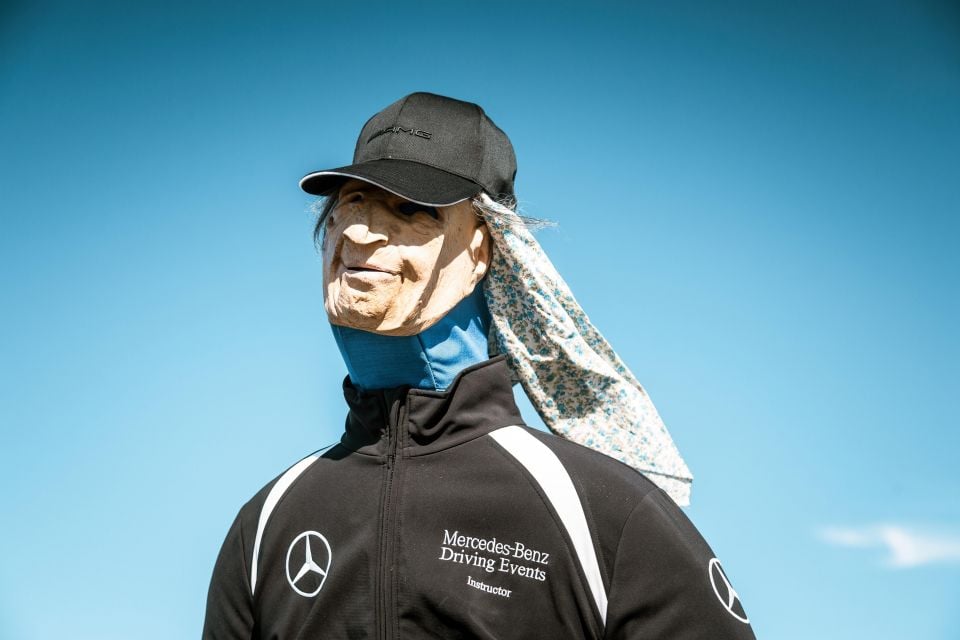
Peter Hackett: Tension is not good in any physical activity.
It’s not good in a tennis stroke or a golf swing, and it’s definitely not good driving a car.
One of the things we learned in motorsport a very long time ago was to get into a routine. That included, for me personally, down the straights you would check the gauges, you would have a drink, you’d relax your fingers…
That forceful relaxation, or that forceful routine, is something that is definitely part of being a safer driver on the roads….
They aren’t perfect, but modern driver assists can make long drives safer and simpler than they have ever been.
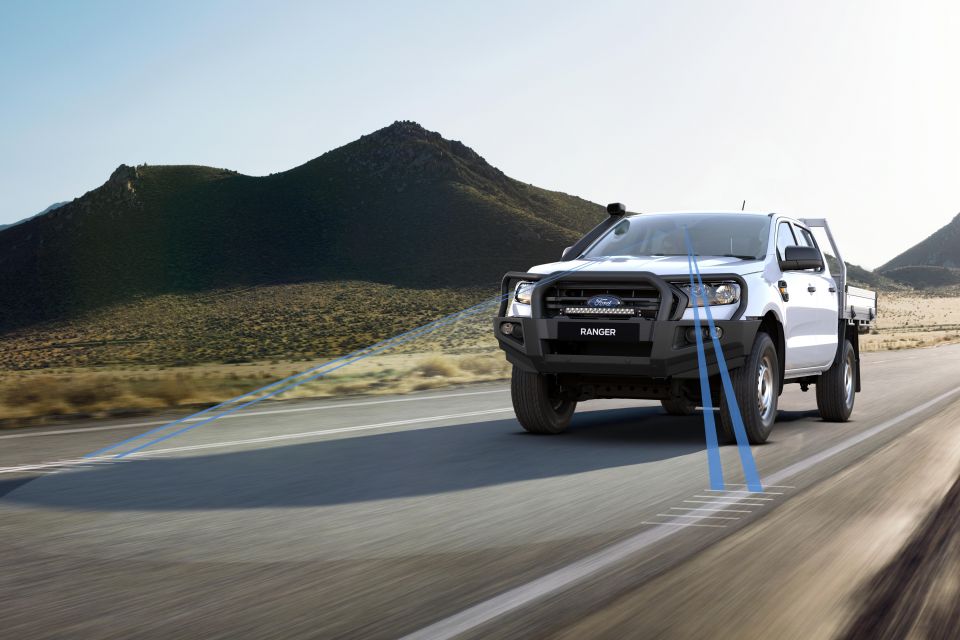
Peter Hackett: The number of people who don’t use adaptive cruise control, the number of people who don’t use the speed limiter function in their cars – this is technology that takes stress away from driving and allows you to manage your position in traffic.
As opposed to the fundamental task of brake, steer, turn, look, you can hand over some of those [more menial, in certain situations] tasks like brake and accelerate.
If you can hand those things over to the car and allow it to operate with the technology it has, you’ve got more time and more brain power to focus on your positioning in your lane and where the traffic is around you…
The technology is not pioneering anymore. The technologies like ABS and brake assist are there, and they work, and they help you all the time.
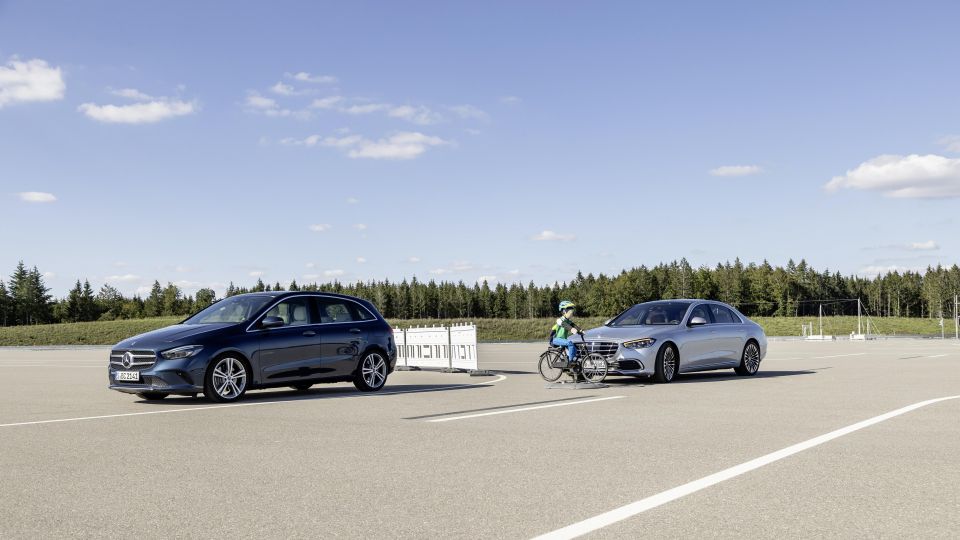
Of course, being relaxed doesn’t mean you can switch off completely.
Peter Hackett: I remember a long time ago, someone in my career said to me ‘what physically stops that car that’s coming towards us from crossing over into your lane?’
It’s a fairly morbid thought, but there is absolutely nothing stopping that person from crossing over.
I found on this most recent long journey that I had, not only was I relaxing my fingers and checking the gauges… but I was also focusing on the front wheels of every car coming towards me, just to be sure…
Finding reasons to stay alert and stay focused is challenging. For me those driving challenges make you safer, rather than sitting back and assuming nothing’s going to happen.
If you assume everything is going to happen, it actually passes the time – as opposed to sitting there and counting white lines.
We all know someone who wouldn’t know what an air hose looks like. Here’s why it’s time they learned.
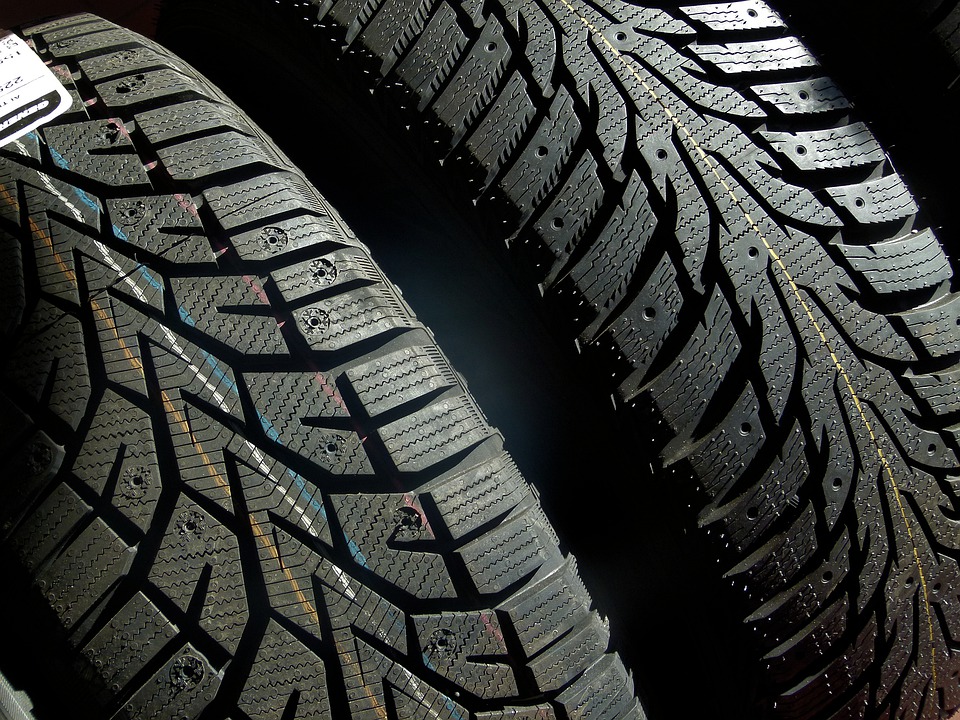
Peter Hackett: The message is that this is a serious business, and if you get it wrong it can have big consequences. We know that it can have consequences.
At the very least, [check] before you go on a longer trip – maybe you’re leaving metropolitan areas, maybe you’re going an hour out of town.
You don’t want to be stuck an hour out of town with a flat tyre.
If you know you’re going to do that trip in advance, when you stop for fuel it’s not that hard to check. Every service station now has a tyre pressure gauge that’s moderately accurate, most of them now are just push-button…
Having very minimal changes in pressure, even 5 PSI down, is just going to cost you money because your tyre wear is going to be up. There’s a really good reason to check it, just to save some money initially.
Also, your fuel economy will be down because you’re increasing drag on the car. It’s just going to cost you money…
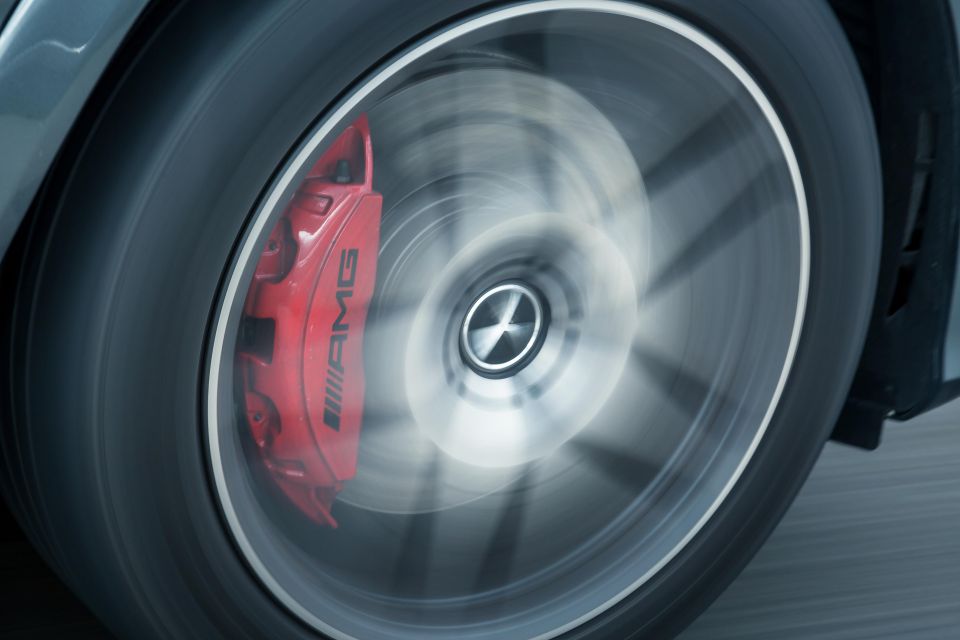
Tyre pressure placards mean [recommended pressures] are readily available. The tyre placard says you should change your pressure depending on the number of people in the car… that’s a little bit impractical.
We always run at the high end of recommended tyre pressure placards, and that’s purely because if you put five people in you’re not [driving] under-pressured with the extra weight, but also we know that it has a small performance advantage in the wet to open tyre grooves up…
Tyres are a grudge purchase, nobody likes to buy tyres, but at the end of the day they’re the one thing that contacts the road.
They’re the one thing that removes water, they’re the that helps you stop in the shortest distance.
What driving habits do you think we need to change?
Where expert car reviews meet expert car buying – CarExpert gives you trusted advice, personalised service and real savings on your next new car.
Scott Collie is an automotive journalist based in Melbourne, Australia. Scott studied journalism at RMIT University and, after a lifelong obsession with everything automotive, started covering the car industry shortly afterwards. He has a passion for travel, and is an avid Melbourne Demons supporter.


Damion Smy
12 Hours Ago


Damion Smy
15 Hours Ago


Damion Smy
19 Hours Ago


Damion Smy
20 Hours Ago


Damion Smy
20 Hours Ago


Damion Smy
21 Hours Ago